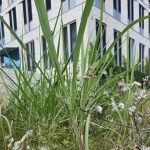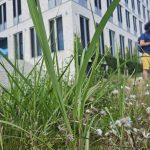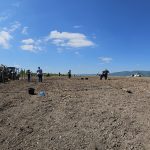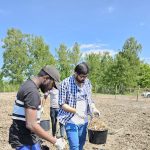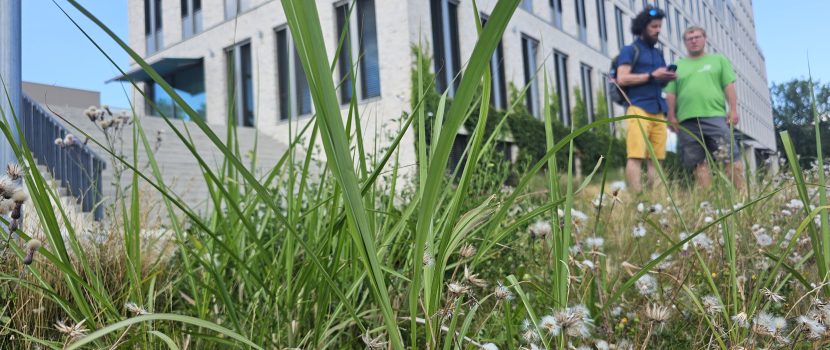
Miscanthus Project: A Plant to Help Devastated Lands
The team from the Faculty of Environmental Studies at UJEP, led by Prof. Valentyna Pidlisniuk, is exploring how to use the fast-growing grass Miscanthus giganteus to restore contaminated lands and produce sustainable materials. The plant not only helps improve soil quality on brownfields but also provides a valuable renewable source of biomass for energy and industrial applications.
Miscanthus giganteus, a low-maintenance perennial grass related to maize and sugarcane, is becoming a promising solution for areas where other crops would not grow. In the Ústí Region, which still faces the legacy of mining and industry, scientists are testing it on contaminated and neglected soils.
“On a brownfield, we wouldn’t plant anything for food. But we can grow biomass for energy or materials – improving the soil while also obtaining a renewable resource. It’s a win-win,” says Associate Professor Josef Trögl, who is involved in the project.
The research aims for a dual benefit: partially cleaning the soil while producing a useful raw material. Thanks to its deep root system and interaction with microorganisms, Miscanthus helps break down organic contaminants. At the same time, it can grow up to three, occasionally four meters, providing substantial amounts of biomass.
Scientists are exploring how to use this biomass as efficiently as possible. “We don’t want to just burn it. We are trying to find sustainable materials – as alternatives to plastics or mineral-based products. For example, we can extract lignocellulose, which is a renewable raw material,” explains Trögl.
Compared to other energy crops, Miscanthus has the advantage of rapid growth and annual harvests, making it a highly promising biomass source.
“What was in the atmosphere last year, we have this year in fuel or materials,” concludes Trögl, referring to the almost ideal carbon cycle of this plant.
